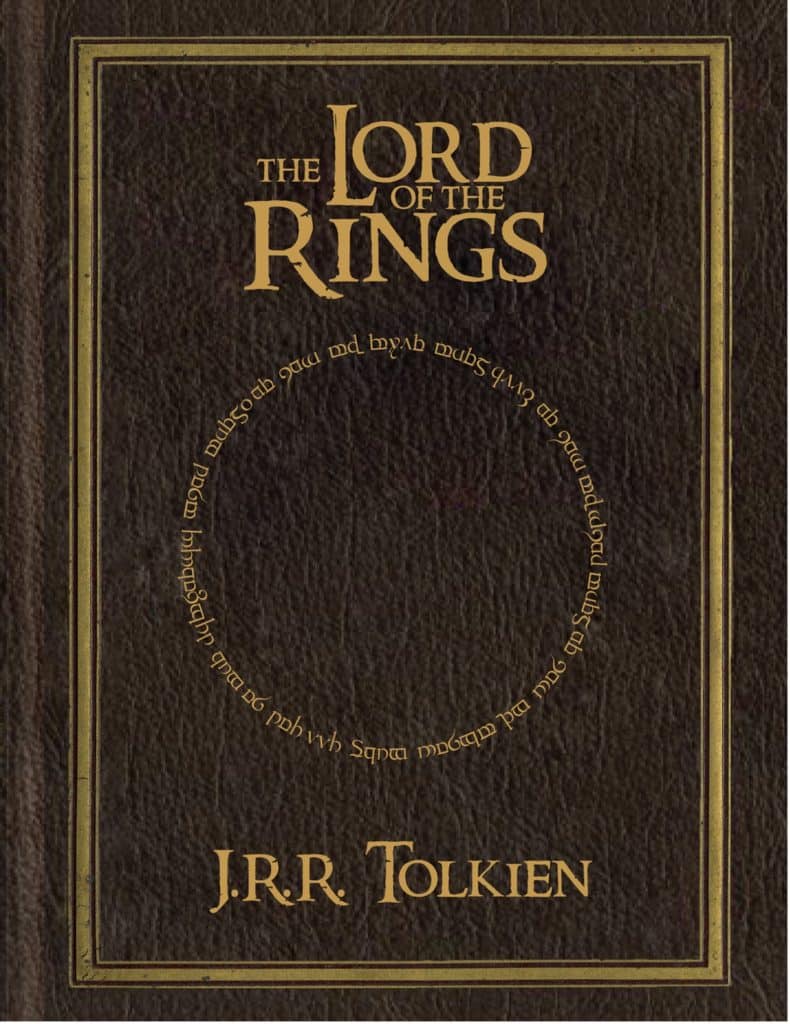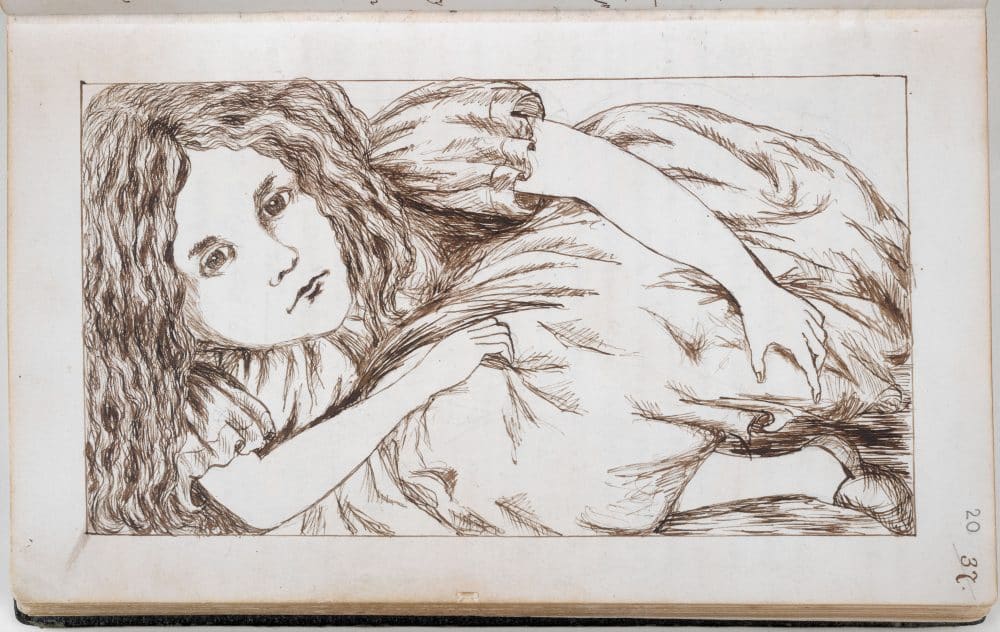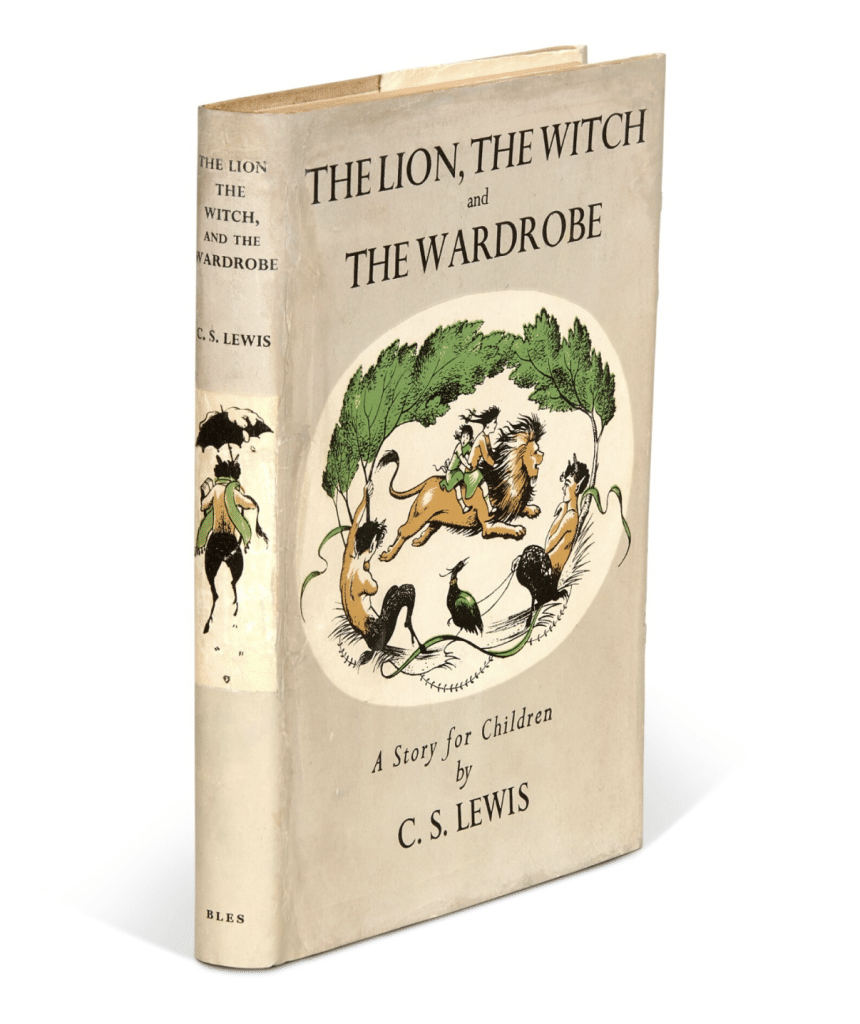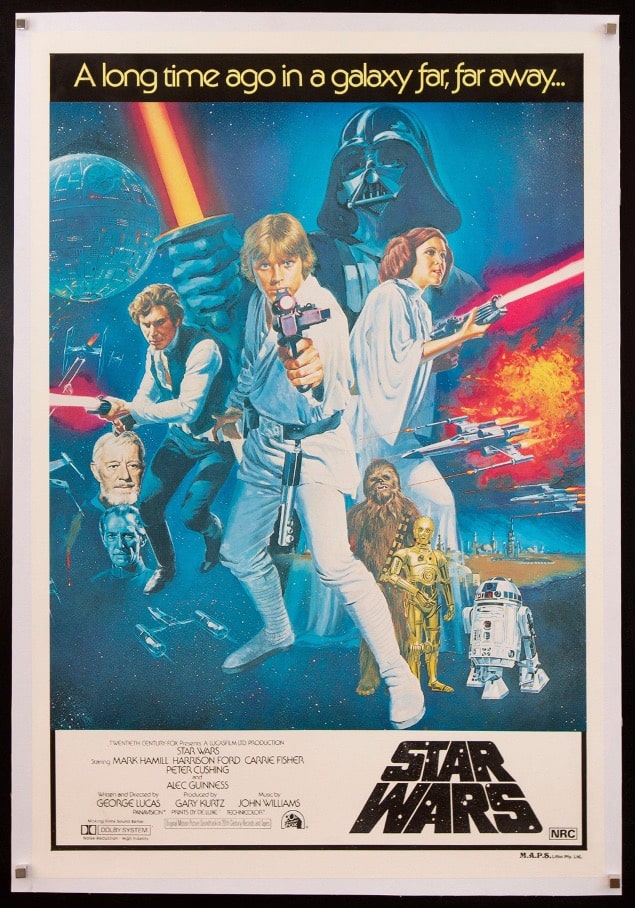Recently I was a guest on the podcast Legendarium with Craig Hanks—and he prompted the question “Why do stories last?” We had a wonderful conversation, which inspired this blog. Check out my conversation with Craig!
Stories endure because they are the timeless bridges connecting us across generations, cultures, and experiences. Great stories resonate because they echo the universal truths and emotions that bind humanity together. Through tales, we navigate shared dreams, fears, and aspirations, creating a collective tapestry of understanding and connection.
These recurring themes act as a shared touchstone, reinforcing values, beliefs, and societal norms that shape culture. By revisiting these motifs, communities strengthen their collective identity and perpetuate the core principles that unite us. Understood completely or not, becomes folklore…creating a suspended debrief; a new reality for a new generation…borrowing from the past and making them their own…a form of branded history.
It’s based upon the uniquely human capacity to classify experiences, symbolically and then to share them…the process through which an older generation induces and compels a younger generation. Cultural myth holds a paramount place in storytelling because it embodies a society’s deepest values, hopes, and understanding of the world and its origins.
These myths offer a lens through which communities interpret their past, navigate their present, and envision their future; they provide a shared framework that binds individuals together, allowing them to derive meaning, purpose, and a sense of belonging.
By incorporating these myths into stories, authors tap into universal truths and emotions, creating narratives that resonate deeply with readers, even transcending the original cultural context to appeal to broader audiences. Furthermore, these myths often serve as archetypes, forming the backbone for countless narratives and ensuring the continuity of cultural wisdom and tradition across generations.
The importance of realism amid such heightened realities in worlds of fantasy, (J.R.R. Tolkien most famously) makes characters, specifically heroes and their powers, when stripped away, real to an audience that wants to believe that these people really do exist. This transformation is a blurring of ‘reality’ fantasy.

“Lord of the Rings,” endures thanks to being a timeless exploration of universal themes: the battle between good and evil, the corrupting nature of power, the value of friendship and sacrifice. Hanging its hat on the enduring hope that even in the darkest times, light can prevail.
Tolkien’s richly constructed Middle-earth, lovingly crafted over a lifetime with its own histories, languages, and cultures, provides an immersive escape for readers, yet simultaneously holds a mirror to our own world. It is a reflection of both the beauty and its flaws of our true reality. The characters’ struggles with duty and destiny are deeply relatable, reminding readers of the strength and resilience of the human (and hobbit) spirit.
As modern society grapples with complex issues like environmental degradation and the erosion of community, Tolkien’s emphasis on the sanctity of nature and the importance of unity and fellowship becomes even more affecting. The saga, in essence, is a testament to the idea that even the smallest individual can make a profound difference– a message just as valuable today as the day it was penned. It shall remain relevant in any era to come.
“Alice in Wonderland,” still resonates because it delves into the fluidity of reality, identity, and logic, themes that are ever-relevant in our constantly evolving world. Carroll’s whimsical narrative allows readers to question and challenge the conventions and norms of society, echoing the universal journey of self-discovery and the quest for understanding in an often perplexing world.
Alice’s adventures, filled with bizarre characters and absurd scenarios, mirror the unpredictable and sometimes chaotic nature of life, emphasizing the importance of adaptability, curiosity, and resilience. The story’s trancelike quality and its celebration of imagination serve as a reminder that there is magic in the mundane and that questioning the “conventional” can lead to weighty insights.
In an era where individuality, self-expression, and challenging the status quo are more celebrated than ever, “Alice in Wonderland” stands as a poignant investigation of the boundaries of reality and the infinite realms of human imagination that has been playing out for generations.
Alice still matters today. Alice in Wonderland is primarily set in an upside-down world where chaos and randomness rule and nothing makes sense to the practical, stoic little girls who found herself marooned there. The world she encounters is threatening and unfamiliar, yet she navigates it, she challenges it, she triumphs and eventually, she returns home.

Alice has been read by multiple generations, so it captures a large part of our shared imaginative history. People who are adept at plumbing the zeitgeist are using our shared imaginative history of the Alice story, iconography to simultaneously reflect the chaotic world we live in (fear) and marry it to the comfort and reassurance of a childhood fairytale (escape and hope).
What Alice means to me and maybe others…Alice’s journey down the rabbit hole represents escape; escape into fantasy because reality can sometimes be a prison. Alice has endured and thrived through the decades for one reason, yes, its classic literature, but it is powered by pure and fierce imagination that has bound Alice into the psyche of generations.
Imagination is the root of all creation, nothing that has ever been or will ever exist without first being imagined. Albert Einstein said, “Imagination is more powerful than knowledge.” Also, Alice is a traveler, bombarded with oddities and weirdness at every turn, but she never loses her head. (Pardon the pun)
We relate to her journey; we can channel her when the world around us begins to collapse into chaos. For too many people, today’s world is upside down, chaotic, and random. We hope to be as stoic and courageous as she is exploring Wonderland.
“The Wizard of Oz” continues to resonate today because it encapsulates the timeless themes of self-discovery, the longing for home, and the realization that we often possess the strength and qualities we seek externally, within ourselves. Dorothy’s journey from the gray plains of Kansas to the technicolor world of Oz parallels the universal quest for adventure and understanding, only to recognize the inherent value and comfort of home and familiar surroundings.
The diverse cast of characters she encounters—each with their own insecurities and desires—mirror our own vulnerabilities and yearnings, emphasizing the human need for companionship, courage, love, and intellect. The story’s central message, that we often have the power within us to overcome our challenges and that the things we desire most are sometimes right where we started, remains a powerful reminder of self-worth and resilience.
In an age of endless quests for external validation and fulfillment, “The Wizard of Oz” serves as a poignant reminder that sometimes, the answers we seek are already within us.

“The Chronicles of Narnia” is relatable today as it melds profound spiritual allegories with universal themes of courage, friendship, sacrifice, and the eternal conflict between good and evil. C.S. Lewis created an immersive world where ordinary children are thrust into roles of significance, emphasizing the idea that anyone, regardless of age or background, can rise to greatness when faced with challenges.
Not only might you be “the one” – but you could be the one regardless of pre-destiny. The adventures in Narnia evoke a sense of awe, tapping into the age-old human desire to explore and belong to a world greater than our own, where the boundaries between reality and fantasy smudge. Furthermore, the struggles of the Pevensie siblings and their companions, set against the backdrop of Narnian prophecies and battles, mirror our own familiar internal and societal battles, underscoring the importance of faith, redemption, and the resilience of the human spirit. In a world where complexities continue to grow and moral compasses are continually tested, Narnia remains a beacon, reminding readers of all ages of the enduring power of hope, love, and the potential for magic in everyday life.

“Star Wars,” also lasts because it masterfully interweaves timeless themes of good versus evil, the hero’s journey, and the internal struggles of identity and destiny, set against the vast backdrop of a galaxy brimming with lore and wonder.
George Lucas’s vision tapped into foundational human stories, borrowing elements from ancient myths, religious narratives, and classic tales of adventure, thus grounding the space opera in a tapestry of universally recognizable motifs. The saga’s exploration of the Force—a metaphysical energy binding all living things—echoes our age-old fascination with the balance of light and dark, choice and fate, and the larger questions of purpose and interconnectedness.
Moreover, the diverse cast of characters, from farm boy Luke Skywalker to Princess Leia, and rogue Han Solo to the conflicted Darth Vader, showcases a range of human experiences, dilemmas, and aspirations, allowing viewers from varied backgrounds to find personal resonance.
In a world that often feels fragmented, “Star Wars” celebrates unity, resistance against tyranny, the power of hope, and the belief that anyone, from any corner of the galaxy, can rise to make a monumental difference.